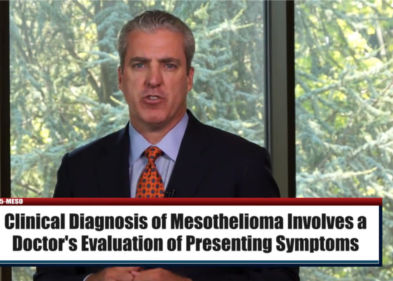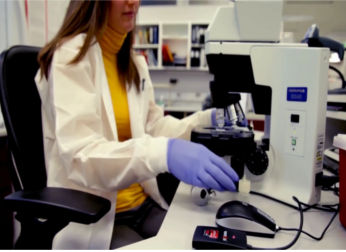Companies Responsible For Asbestos Exposure, Bankrupt | New York City Personal Injury
Joseph Williams
Companies That Caused Asbestos Exposure Went Bankrupt
You’ve been diagnosed with mesothelioma, and you’ve learned that some or all of the companies that were responsible for exposing you to asbestos have gone bankrupt. What do you do?
Hi. I’m Joe Williams. I’m a mesothelioma trial attorney in New York City. I can tell you that in every mesothelioma case that we handle, there’s two claims. One, as against all of those companies who are still in business, who are viable, still conducting business, and we bring a civil lawsuit against them related to their liability to our client for causing our clients mesothelioma.
The second type of claim is administrative claims involving the bankruptcy trusts that had been set up by all of those companies that have declared bankruptcy over the course of the past decades in order to avoid the civil liability associated with these lawsuits related to mesothelioma and asbestos.
So how are those claims filed? Well, we elicit exposure information from our clients regarding their exposure to the products made by these bankrupt companies. We then take that exposure information and we submit it to the trust that had been set up, and the trust reviews the evidence and the exposure information that was submitted. It’s important to remember that these trusts were set up because these companies, these corporations, declared bankruptcy, and their bankruptcy
Companies That Caused Asbestos Exposure Went Bankrupt
You’ve been diagnosed with mesothelioma, and you’ve learned that some or all of the companies that were responsible for exposing you to asbestos have gone bankrupt. What do you do?
Hi. I’m Joe Williams. I’m a mesothelioma trial attorney in New York City. I can tell you that in every mesothelioma case that we handle, there’s two claims. One, as against all of those companies who are still in business, who are viable, still conducting business, and we bring a civil lawsuit against them related to their liability to our client for causing our clients mesothelioma.
The second type of claim is administrative claims involving the bankruptcy trusts that had been set up by all of those companies that have declared bankruptcy over the course of the past decades in order to avoid the civil liability associated with these lawsuits related to mesothelioma and asbestos.
So how are those claims filed? Well, we elicit exposure information from our clients regarding their exposure to the products made by these bankrupt companies. We then take that exposure information and we submit it to the trust that had been set up, and the trust reviews the evidence and the exposure information that was submitted. It’s important to remember that these trusts were set up because these companies, these corporations, declared bankruptcy, and their bankruptcy










